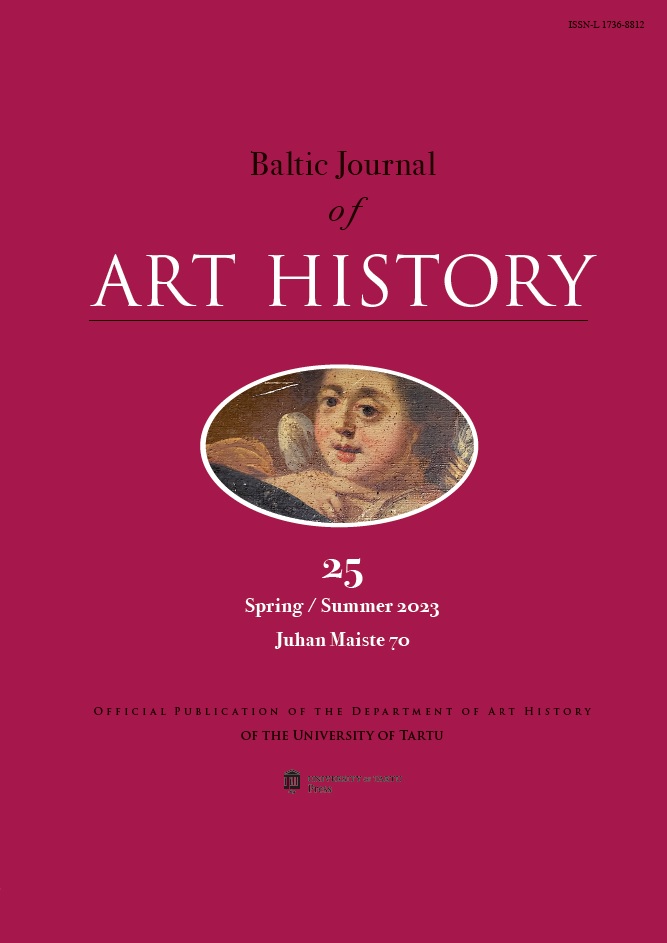ROMANTICISM AND REMEMBERING
DOI:
https://doi.org/10.12697/BJAH.2023.25.04Keywords:
churchyards, tombstones, graveyardschool, elegy, monumentAbstract
This article looks at the celebrated poem Elegy in a Country
Churchyard (1751) by Thomas Gray, and links it to the place of its
inspiration, Stoke Poges, Buckinghamshire. The development of
English churchyard memorials is considered, followed by a brief
discussion of the Graveyard School of poetry, which considered
themes of mortality and melancholy set in the context of burial
grounds. This formed a strand of proto-romanticism and was
influential across Europe. The poem is then analysed in terms of its
discussion of rural approaches to death and remembrance. A survey
of mid-18th century churchyard memorials at Stoke Poges is then
provided, and their imagery discussed: most of these post-date the
publication of the poem. Thomas Gray died in 1771 and was buried
in the tomb of his mother and aunt. He subsequently received a
memorial in Westminster Abbey. A later owner of Stoke Park, the
manor house of the estate, John Penn, was eager to commemorate
the poet. He commissioned the celebrated architect James Wyatt to
design a memorial which would be visible from the main house.
This was erected in 1799, and consisted of a sarcophagus raised on
a tall base, the sides of which were inscribed with extracts from
the Elegy. This was a highly unusual form of parkland memorial
celebrating a poet and his best-known work, which has subsequently
become one of the best-known verses in the English language.
There is irony in that the poem is a discussion of rural humility
and yet was celebrated through an imposing monument, raised
by an extremely wealthy owner as a feature in his private park.

